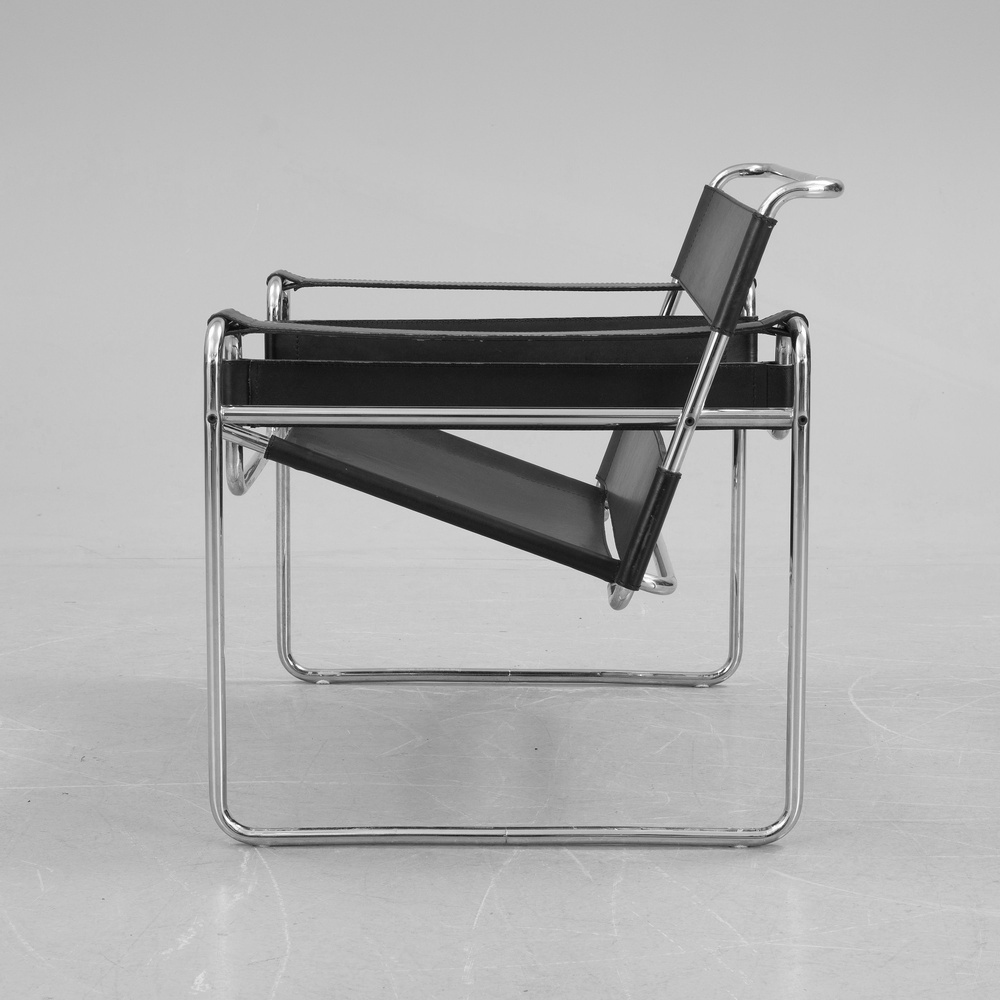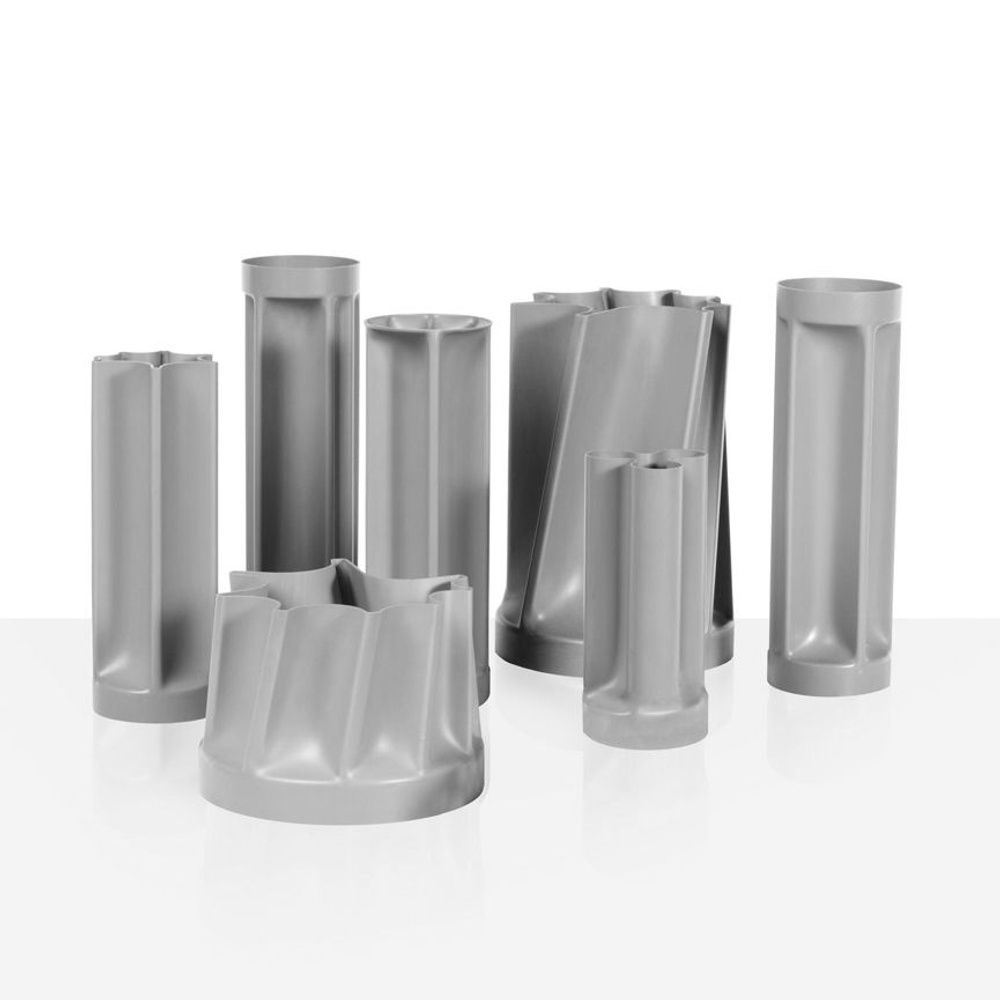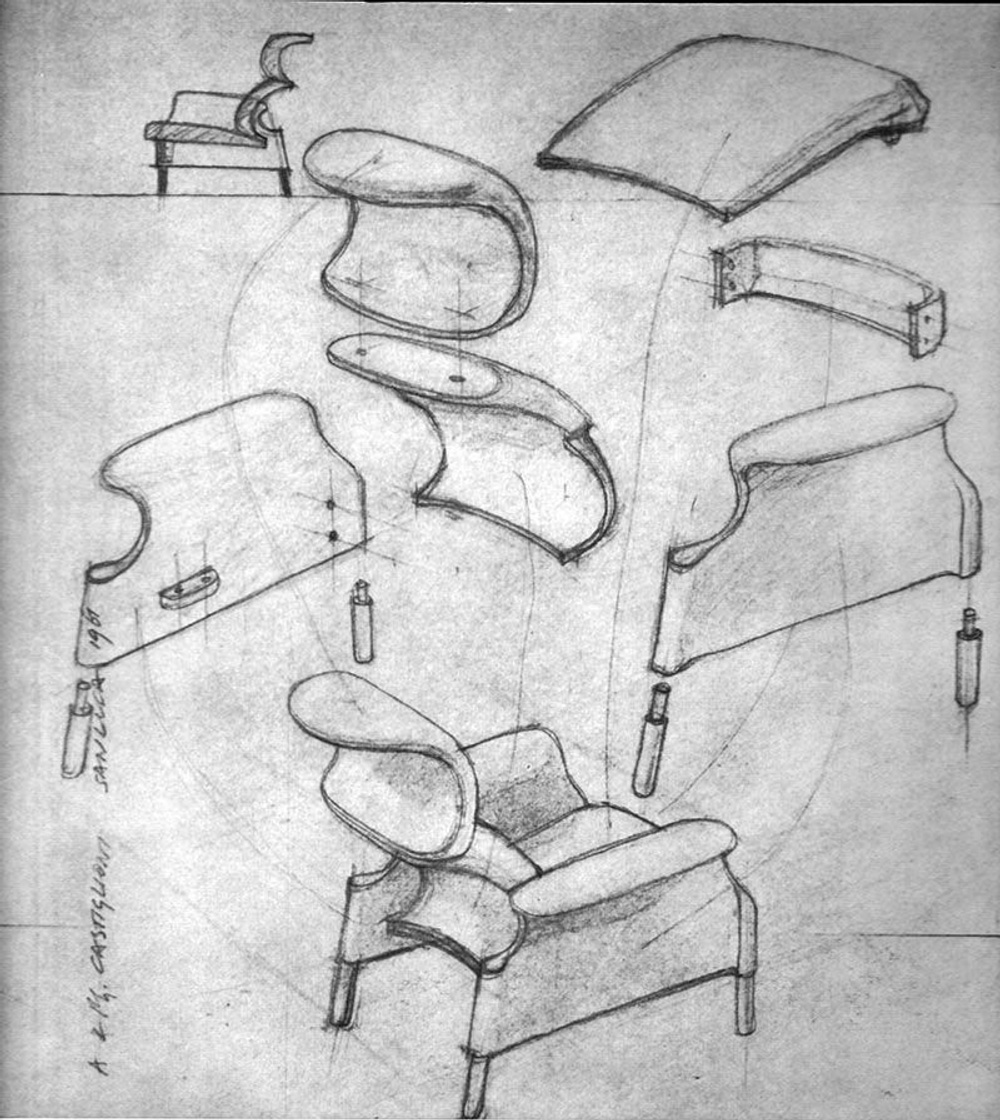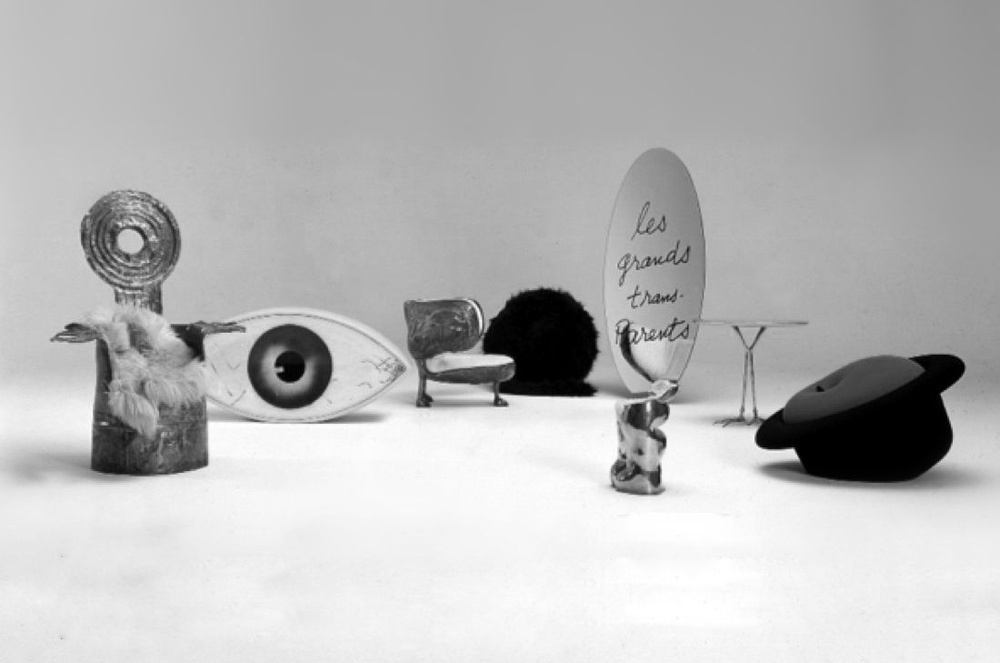We believe that any work should merge practical purposes with meaningful ones. We believe in manifestos, ideas to give meaning to actions. We think designing is not a simple consulting activity for companies that need to update their catalog. We are convinced design is something more.
Therefore, we believe that design is a tool to achieve positive innovation, working for today’s needs. That’s why we work! We design to bring improvement. But why are we passionate about this somewhat romantic idea about design?
It comes from observing the work of Enzo Mari and Dino Gavina. The best thing about great ideas is that they spread. Observing and discussing design master’s work shaped our minds.
Designing improvement for people
We absorbed this concept by observing and analyzing Enzo Mari’s work. Just observe the Java sugar bowl: thanks to the redesign of the opening hinge avoids a worker from the repetitive task of assembly.
Here’s what Enzo Mari states about Java:
Designing that hinge for me meant effortlessly positioning myself in the best field but forcing a worker to repeat the same gesture, obsessively, a thousand times a day. I rebel against the status quo, I look for a possible alternative and I find it, designing a new hinge, with a first-level invention patent.
Mari shows us what improvement for people is: nothing fancy.
The Java sugar bowl is a sugar bowl. He just focused on redesigning the hinge. The old hinge meant someone in the production-line should perform that boring and repetitive task. The new one solved that need.
So, we should design for people. That means equally considering user and manufacturer needs. (link al metodo) After all, the design is born to create tools for humans, to improve life-quality.
Design master’s worked for their times
To achieve meaningful innovation, we need to work for today’s needs. It is easily understandable by observing what past great designers and entrepreneurs did to be relevant for their times.
For example, in the 20th century, one of the design themes was industrialization. Entrepreneurs and designers focused on producing objects by machines.
Dino Gavina was so concerned about industrial production to refuse to reproduce Le Corbusier, choosing Breuer’s design because «Breuer’s product was designed for mass production and Le Corbusier’s was not».
A lot of Enzo Mari’s designs featured semi-finished products. «In short, they are the archetype of the concept of “standard”».
In Italy, after World War II, one of the main issues was industrial production. Therefore designers and entrepreneurs strive to design industrial objects. The standard and industrial production was the thing to work on because of social changes and new technologies.
So to do relevant designs, we are concerned about understanding what the needs of our times are.
Avoiding -isms
We believe -isms are a trap. They can work well for ten or twenty years, but suddenly as society evolves, these ideas get old.
We prefer an observational approach to understand what is happening in our times. The idea is not to theorize too much, not to stop at crystallizing immutable theories.
Let’s observe the work of Dino Gavina. His attitude was that of being very attentive to his times. He felt a great need to be contemporary, without appealing to any -ism. At first, he concentrated on grasping the meaning of mass production furniture.
It is witnessed by historical projects such as the SanLuca armchair, or the Bastiano sofa, to name a few.
The SanLuca was a revolutionary piece, one of the first designed in different components.
The Bastiano sofa simplified expensive upholstering operations and eliminating conventional sofas’ single block crafted frames.
Years later, he dedicated himself to the cultural overcoming of functionalism with the Ultramobile collection. A collection «aimed at bringing something very special into homes, a work of art, without the buyer realizing it».
That means smartness! Same values (designing for today’s people’s needs), but execution changes as society evolves. Therefore, we believe in humble observation, understanding which themes are necessary to work on today, without focusing on any -ism.
Conclusion
So that is why we are so passionate about improvement for people. That’s why we care about understanding what today’s needs are.
This mindset allows focusing on others, understanding what today’s society requires without being trapped by unchangeable ideas.
That’s why design for us is something more than a consulting activity. For us is a way to give our very, very little contribution to evolution.




